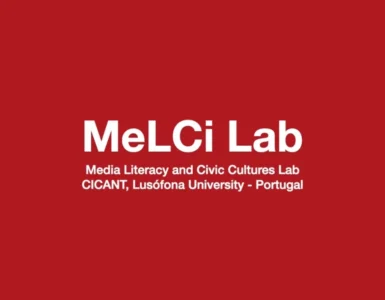by Davide Ferro and Marco Toffanin, University of Padova, Italy.
Managing large quantities of multimedia storage in the cloud is a significant issue in
the post-pandemic era. In recent years, teachers, staff and students in the University of Padova have uploaded 400,000 videos in the cloud. We need to decrease this amount for reasons not only to do with cost, but also due to concerns about sustainability, however we need to do so without eliminating valuable material that could represent important information for the institution or historical archive for the future. Imagine for example if, among teachers, there is a future Nobel prize. His/her lessons could represent a valuable resource for the future. Just think about the value if we had been able to record Galileo, who taught for 18 years at the University of Padova!
The idea was to gently push people in the university community to deal with their account,
deleting what wasn’t useful or not necessary, knowing that only a small percentage of people
in the community would actually do that. Another important aspect was represented by the fact that we wanted to eliminate the majority of lessons recorded during the pandemic period because new students shouldn’t have access to them, as this can have an impact on class attendance and create confusion.
It was therefore decided to set up a page with sso selecting all of the zoom recordings made
before end of June 2022, sending a message and inviting users to flag only the recordings they wanted to keep – giving them a deadline of 30 days.
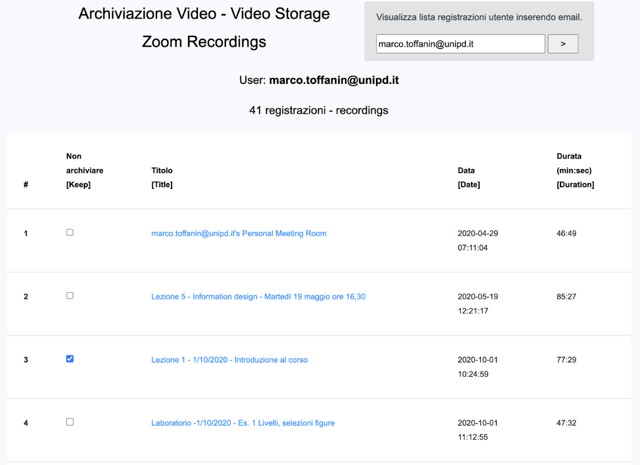
There were 5753 accounts that involved video, 3138 belonging to teachers and staff and 2615
belonging to students. We sent the first mail on 23.01.2023 and a reminder after 20 days that increased the number of log ins to the link.
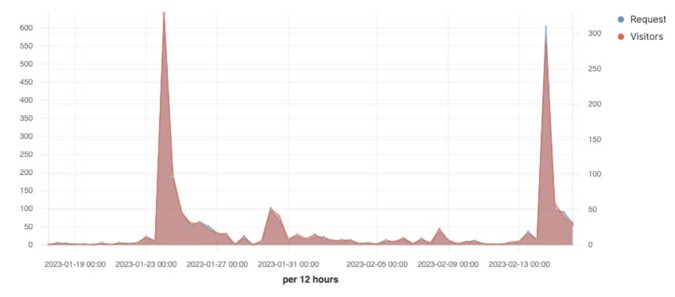
The results of the operation were that 944 users (16.4%) logged in to the link, 632 users (11%)
flagged at least one piece of video content. In terms of proportion 30% of teachers and staff flagged at least one piece of video content compared to the 0.5% of students. 230 flagged 100% of videos, 145 between 99% and 50%, 118 between 49.9% and 25%, and 139 between 0% and 25%.
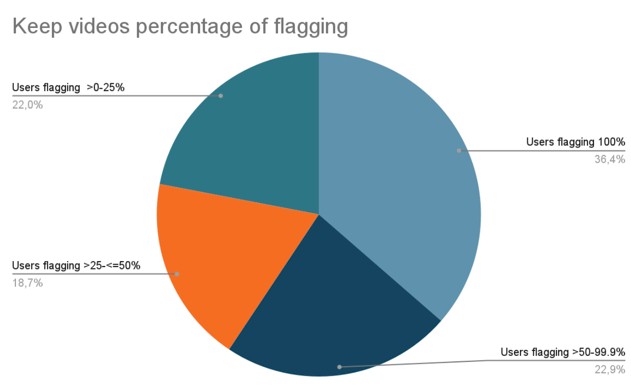
The number of videos eligable for archival was 167,370. The number of videos flagged to be kept was 23,371 which represents 14% of the total amount. Additionally we were asked to
permanently delete 1309 videos and we were able to archive 142.690 videos that represents
about the 40% of the total storage in the platform.
For this first time it was decided to move all contents with metadata into long term cloud
storage, that is much less impacting in terms of cost and the environment, with the possibility to
recover all of the 142.690 videos. This operation also gently pushed people to delete entries in their account, and from the first communication (23.01.2023) to the end of period (26.02.2023) 4.6 TB was deleted in the platform.
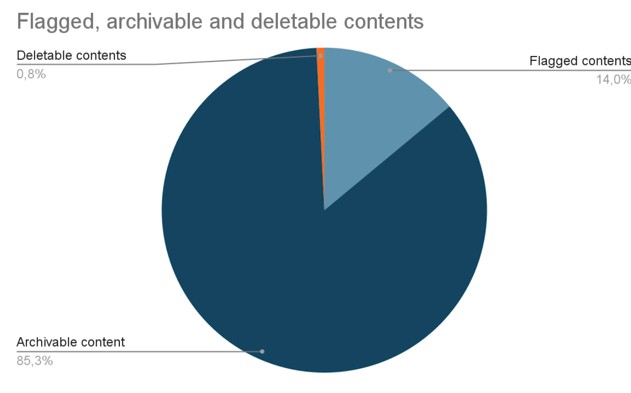
This kind of operation, that mixes metadata and human evaluation can represent a
procedure that could be repeated in the future, selecting and presenting to users the videos
with particular characteristics and leaving them to judge, in terms of content, whether the
video is eligible to be deleted, archived or maintained. It allows university services to purge large quantities of data, with the consent of the user.
Editor’s note: Marco Toffanin will be one of the presenters at our next webinar aimed at the Media in Higher Education sector entitled “How to manage, archive, re-use large quantities of video resources” taking place on 30 March. Register here.

Authors
Davide Ferro, and Marco Toffanin,
University of Padova, Italy.



